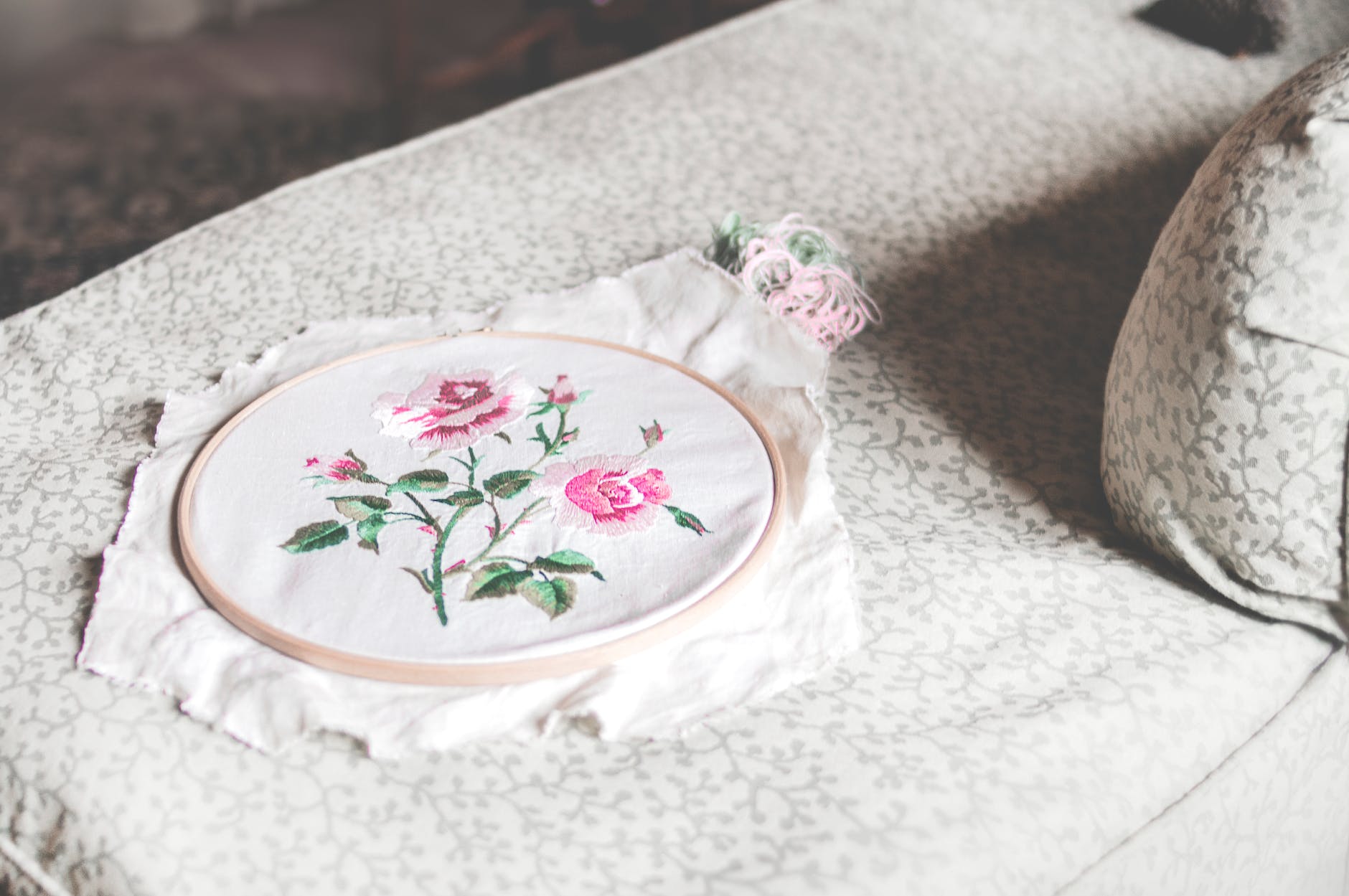embroidery 101: a beginner’s guide to getting started
Embroidery is a beautiful art form that involves decorating fabric with thread and creating intricate designs. It has been practiced for centuries and is still popular today. For those who are new to embroidery, it can seem overwhelming at first, but with the right guidance and supplies, anyone can learn to embroider. This beginner’s guide will walk you through the essential steps to get started with embroidery.
What is Embroidery?
Understanding the art of embroidery
Embroidery is the art of decorating fabric using needle and thread. It involves stitching various patterns and designs onto fabric to create a decorative effect. The stitches can be made by hand or by using an embroidery machine.
Exploring different embroidery techniques
There are various embroidery techniques that you can explore as a beginner. Some popular techniques include the running stitch, backstitch, and satin stitch. Each technique creates a different effect, and you can experiment with different stitches to create unique designs.
Choosing the right fabric for embroidery
The choice of fabric is crucial for embroidery projects. It is recommended to start with a medium-weight fabric such as cotton or linen. Avoid using stretchy or slippery fabrics as they can be more difficult to work with.
Essential Supplies for Beginners
Embroidery hoops and frames
Embroidery hoops and frames are used to hold the fabric taut while stitching. They come in different sizes, and you can choose the one that suits your project. Hoops have an adjustable screw that allows you to tighten the fabric.
Embroidery needles and scissors
Embroidery needles are specially designed with a sharp point and large eye to accommodate the embroidery floss. It is recommended to have a variety of needle sizes for different types of stitches. Embroidery scissors are small, sharp scissors used for cutting the floss.
Embroidery floss and threads
Embroidery floss is a type of thread made specifically for embroidery. It comes in a wide variety of colors and is separated into strands. You can use as many strands as you like depending on the thickness and coverage you desire for your project.
Basic Embroidery Stitches
Learning the running stitch
The running stitch is one of the simplest and most versatile embroidery stitches. It is created by making a series of straight stitches in a continuous line. This stitch is commonly used for outlining and adding fine details to a design.
Mastering the backstitch
The backstitch is a strong and durable stitch that creates a solid line. It is perfect for creating outlines, lettering, and filling in larger areas. It is created by stitching backward with each new stitch overlapping the previous one.
Creating texture with the satin stitch
The satin stitch is used to fill in larger areas and create a smooth, satin-like appearance. It is created by stitching adjacent straight stitches tightly together, covering the fabric underneath. This stitch can be used to add texture and dimension to your embroidery design.
Getting Started with Hand Embroidery
Preparing your fabric and hoop
To start embroidering by hand, you need to prepare your fabric and hoop. First, cut your fabric to the desired size and place it in the embroidery hoop, tightening the screw to secure it in place. Make sure the fabric is taut and smooth.
Transferring your embroidery design
Once your fabric is ready, you can transfer your embroidery design onto it. There are various methods for transferring designs, such as using transfer paper, tracing with a water-soluble pen, or using iron-on transfers. Choose the method that works best for your design and fabric.
Exploring popular hand embroidery patterns
There are countless hand embroidery patterns available for you to explore and practice. You can find free patterns online or purchase embroidery books with pre-designed patterns. Start with simple designs and gradually work your way up to more intricate patterns as you gain confidence and skill.
Machine Embroidery for Beginners
Understanding how an embroidery machine works
An embroidery machine is a specialized sewing machine that can automatically stitch intricate designs onto fabric. It uses a computerized system to control the movement of the needle and the thread tension. It can be used to embroider designs onto garments, accessories, and home decor items.
Choosing the right stabilizer for machine embroidery
Stabilizer is an essential supply for machine embroidery as it provides support to the fabric and prevents puckering or stretching. There are different types of stabilizers available, such as tear-away, cut-away, and wash-away stabilizers. Choose the stabilizer that suits your fabric and design.
Step-by-step tutorial for machine embroidery
If you are new to machine embroidery, it is recommended to start with a beginner-friendly tutorial. You can find video tutorials online that guide you through the process step-by-step, from setting up the machine to selecting the design and stitching it onto the fabric. Follow the tutorial closely and practice on scrap fabric before working on your actual project.
Embroidery is a creative and fulfilling hobby that allows you to express your artistic side. Whether you choose to embroider by hand or with a machine, learning the basic stitches and techniques is essential. With patience and practice, you’ll be creating beautiful embroidery projects in no time. Don’t let the initial challenges discourage you – with time and dedication, you’ll become a skilled embroiderer. So gather all the supplies you need and start your embroidery journey today!
